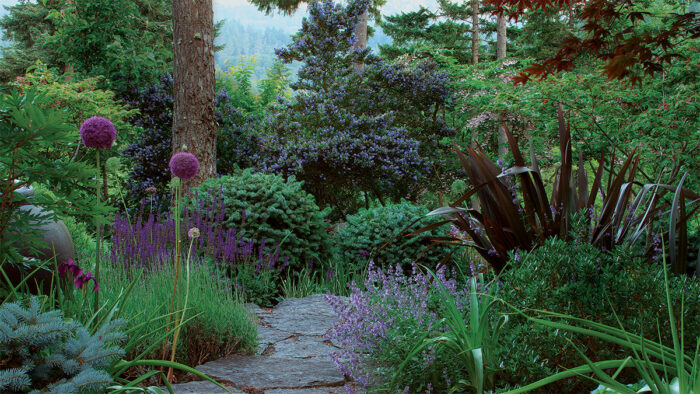
Joy Davey dreamed of having a cottage garden. She could picture the dense, flower-filled beds surrounding her Craftsman-style house. The breezy informality of the cottage look resonated with her lifestyle and work as an artist, and she loved its palette of pastels and cool hues.
Not every aspect of a cottage garden was appealing, however. Joy did not want a garden that would require near-constant attention, nor was she content with a short peak season each year. She also disliked the idea of excluding some of the fun new plants she saw in friends’ gardens just to adhere to an older style. And then there were the deer. She knew that many of the cottage-garden favorites, like roses and clematis, wouldn’t stand a chance in her yard.
As garden designers, my partner, Buell Steelman, and I often face the challenge of reconciling aesthetic aspirations with reality. The ideal of a cottage garden is lovely, but the feasibility of designing one that offers year-round impact and requires less maintenance on such a large site meant that we would have to reinterpret this classic.
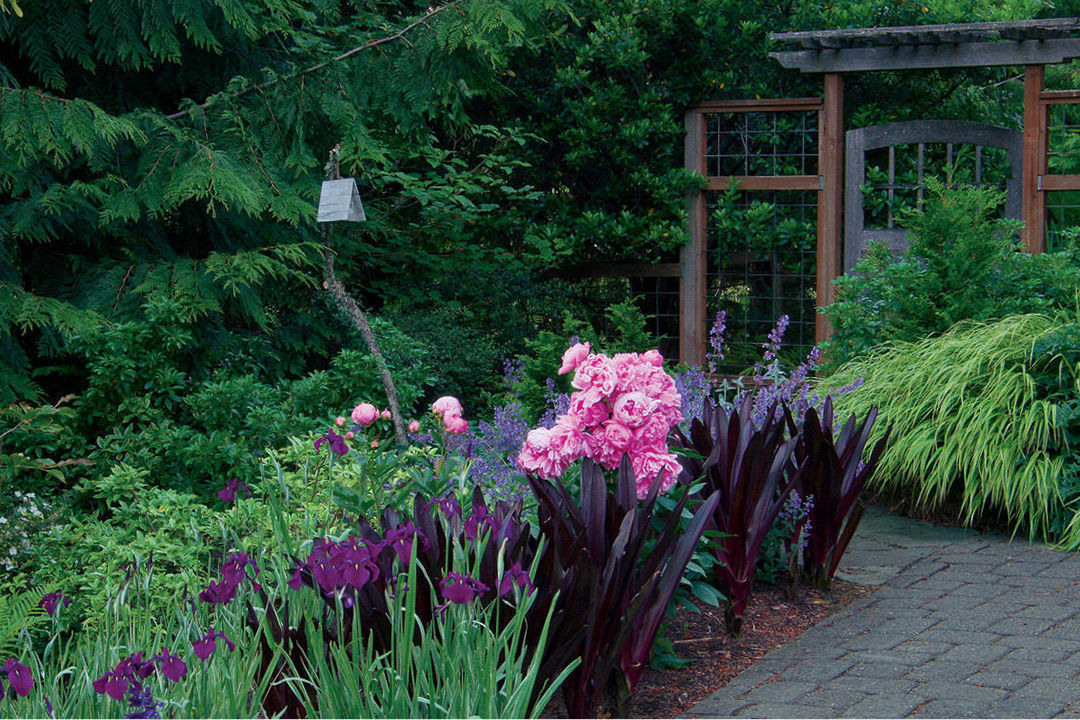
Buell and I threw ourselves into updating the traditional cottage garden with newer plant varieties and more contemporary design concepts. The result is a garden that has the soft, informal feel of a cottage garden but with less maintenance, a much longer peak season, and fewer temptations for deer.
Dramatic foliage stretches the season
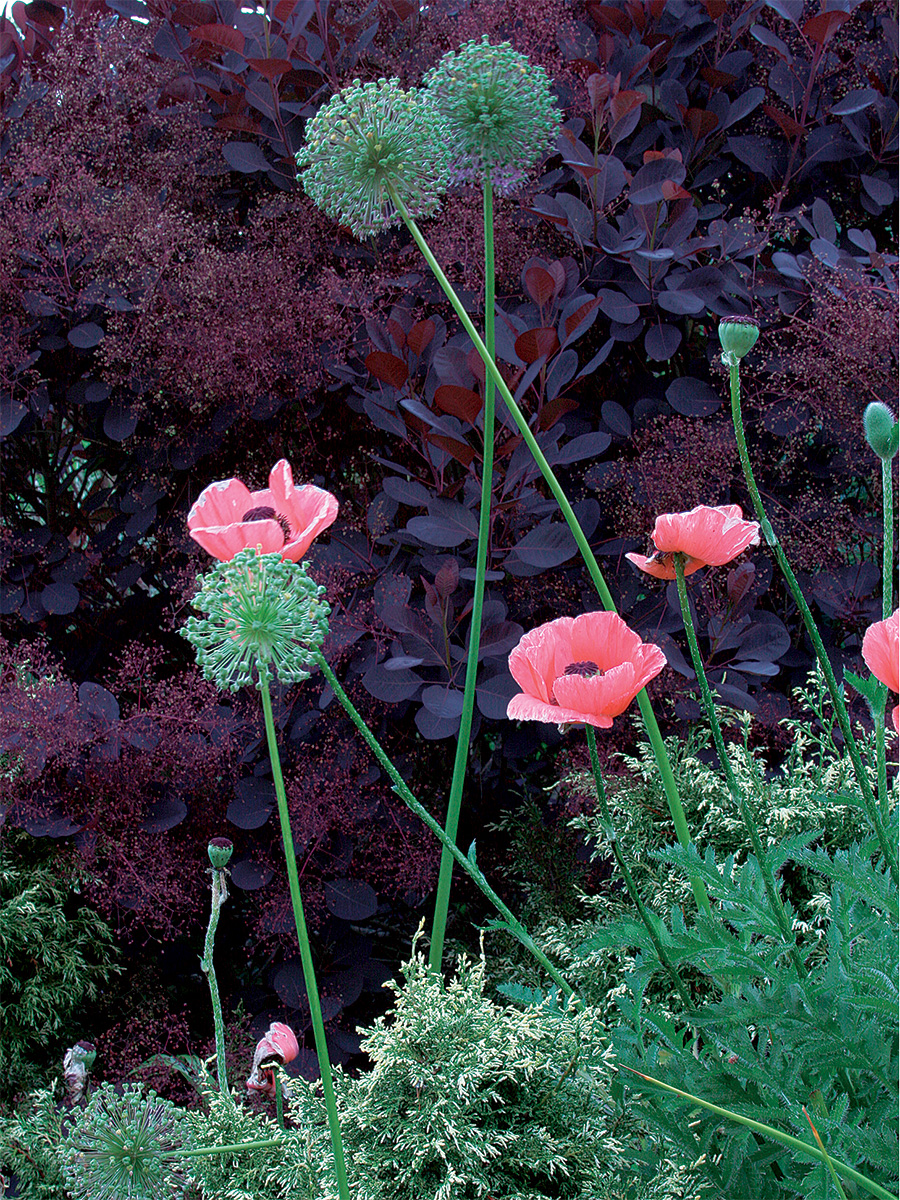
A limited color palette is vital to this garden’s appeal, but “limited” doesn’t have to mean “boring.” Joy is not a fan of bright red and yellow flowers, but she does like an occasional spot of saturated pink or burgundy. Instead of using hot colors to spice up the pastel-heavy palette, we infused energy into the garden by contrasting lights and darks. Deep, velvety purple and saturated pink blooms balance the garden’s traditional white and pastel flowers. These bold hues add complexity and depth to the garden while still maintaining a soft aesthetic.
In amending the cottage-garden plant palette for year-round interest, foliage color became just as important as flower color. Leaves provide continuity of color throughout the year and much of the interest in the off-season. One of Joy’s favorite tones in the garden is the deep, rich burgundy found in the leaves of ‘Royal Purple’ smokebush (Cotinus coggygria ‘Royal Purple’, USDA Hardiness Zones 5–9) and ‘Sparkling Burgundy’ pineapple lily (Eucomis comosa ‘Sparkling Burgundy’, Zones 8–11), among other plants. Burgundy sets off soft pinks, whites, and blues and is a striking companion for more contemporary-looking variegated and silver foliage. It is at its best when combined with subtly colored plants that would otherwise appear lackluster. Used sparingly, it can transform a dull, washed-out planting into a vibrant scene. But when overused, burgundy’s high-contrast oomph can overwhelm lighter shades of surrounding foliage. To achieve the right balance, let subtle greens, silvers, and variegations dominate your foliage palette, and only accent with burgundy when you want to break up a mishmash of midgreen or to make a plant variety stand out.
Shapely woody plants replace the classic pruned hedge
While most of Joy’s floral palette would be at home in a traditional cottage garden, the plants’ textures and shapes update the planting style. Although the foliage textures we used are generally more soft than bold, we made the most of their differences. Once again, contrast is the key. With so many incredible options to choose from, there is no need to place two similar textures beside each other. By highlighting differences in foliage texture, the plants in this cottage-inspired garden maintain their impact in and out of bloom.
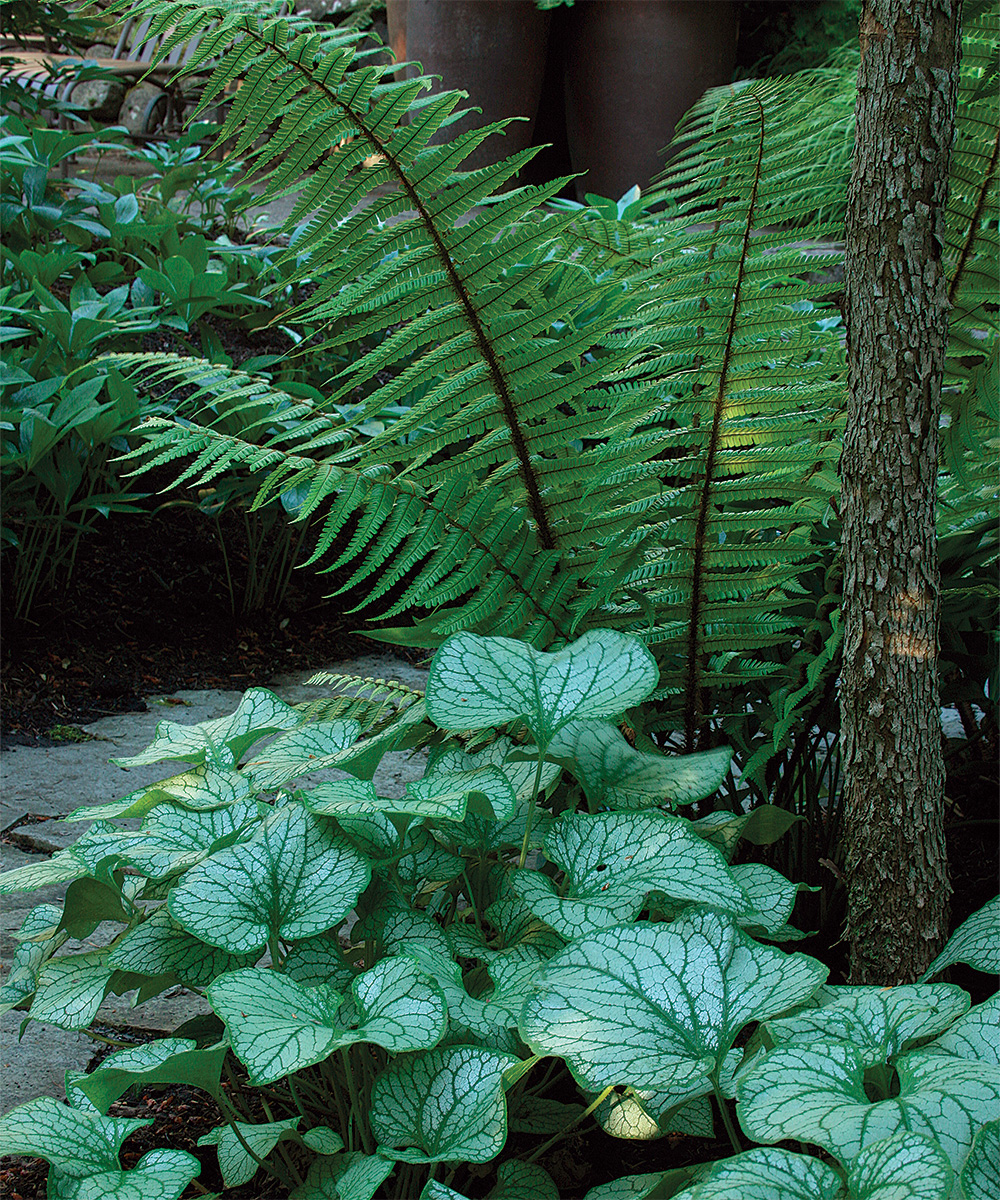
Although often overlooked, plant shape (or form) is another useful attribute. Topiary was often used in early cottage gardens, adding contrast and structure to free-form plantings. We have echoed that tradition by using plants with naturally strong geometric shapes. In addition to requiring less maintenance than a formally trimmed topiary or hedge, these distinctive forms add year-round interest and offer structure among the informal flowering perennials. The evergreen spheres of ‘Papoose’ spruce (Picea sitchensis ‘Papoose’, Zones 7–8) and the cones of dwarf Alberta spruce (Picea glauca ‘Conica’, Zones 2–6) dance through lower plantings, while the less rigid shapes of ‘Shiraz’ New Zealand flax (Phormium ‘Shiraz’) and weeping Serbian spruce (Picea omorika ‘Pendula’, Zones 4–8) are still strong enough to anchor the boisterous mass plantings at their feet. We intentionally gave each of these plants ample space, varying the distance between them and avoiding rows of three or more. When carefully selected and placed, these plants offer a sculptural whimsy that underscores the romantic, classic feel of the garden.
Mass plantings offer a full, long-lasting look
In the beginning, Joy worried that using large masses of plants might make her garden seem too contemporary or formal, attributes that clash with the cottage feel she desired. She warmed to the idea, however, once we showed her that groups of plants can still achieve a soft look—not to mention, they’re less effort to maintain. Deadheading 12 irises or cutting back 16 grasses all at once is much simpler than wading through a sea of individual plants in search of each iris or grass.

Throughout the garden, irregular masses of three to 20 plants offer an informal cottage-garden feel, while their broad strokes of color and texture update the traditional style. These masses give each type of plant more impact than they’d have standing alone, and they add softness and flow to the plantings, even when the plants are out of bloom. A garden full of individual plants can seem busy and untidy, whereas one with masses of the same plant appears simultaneously clean, simple, and diverse.
Groupings are also a fantastic way to stretch a limited plant selection. The deer that visit this garden daily would happily devour many of the classic cottage-garden plants. Using masses allowed us to make the most of our deer-resistant options without using the same plants in lots of different places. When we did repeat a plant, we surrounded it with different companions to maintain the varied, diverse look typical of cottage gardens.
Using groupings of plants outside of the traditional cottage-garden palette but still in keeping with the style’s colors and textures has kept the visual complexity of plantings high while limiting the repetition of plant varieties. The foliage and floral color that sweep through the garden create an abundant cottage look and, in essence, accomplish everything we set out to do—despite the deer.
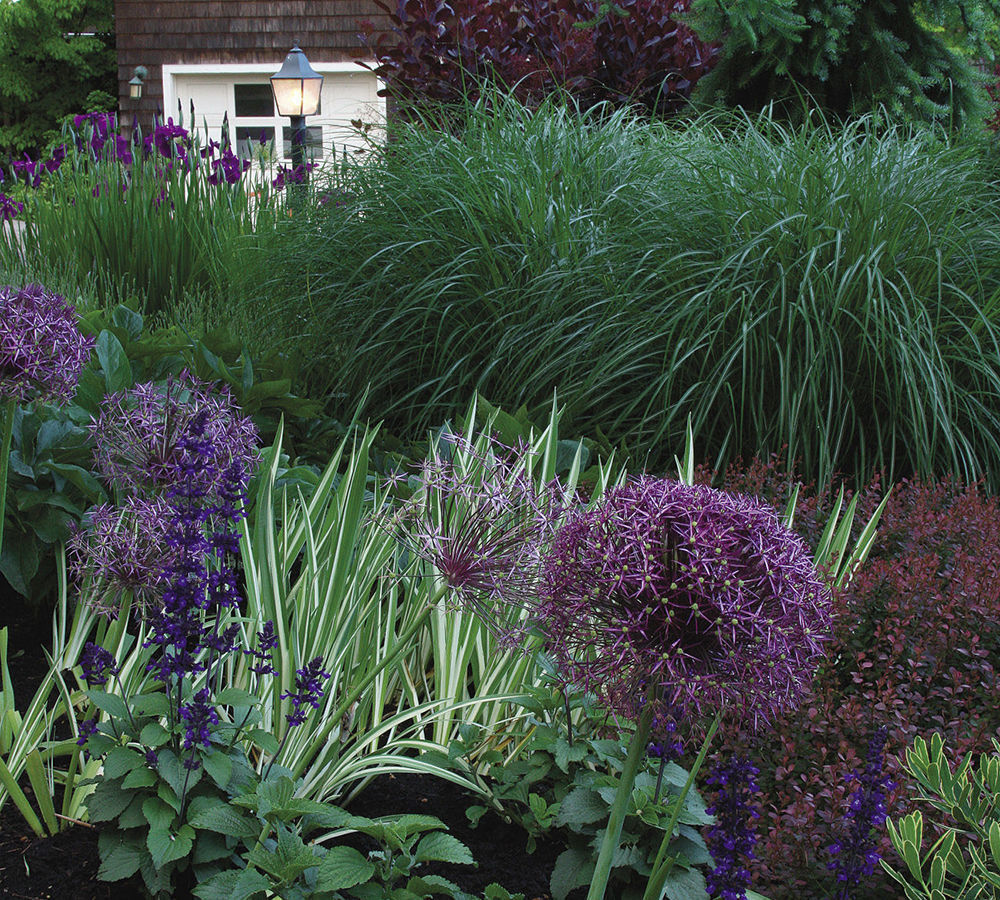
Get the Look
Form and foliage are at the heart of this updated cottage garden. Its superstars look fabulous for most of the year while requiring less attention than some of their more flowery neighbors. And all are deer resistant (in our area, at least).
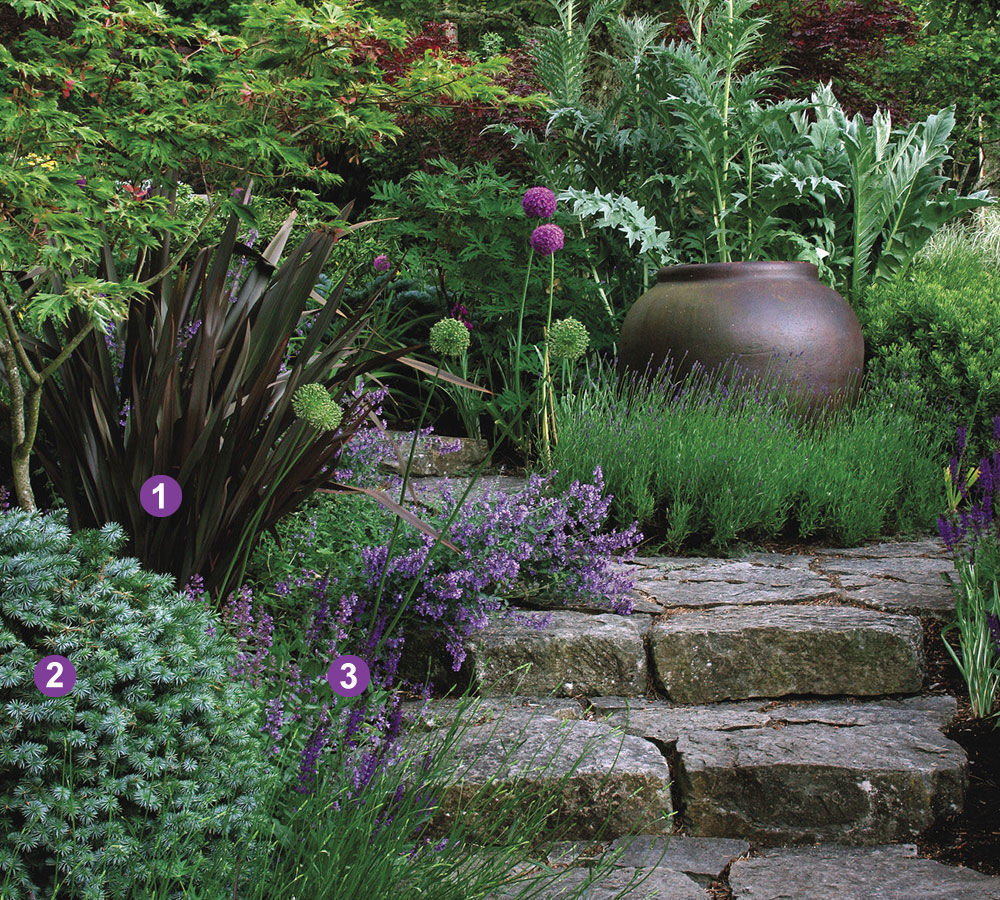
1. Traditional: Pastels — Update: Dark foliage
‘Shiraz’ New Zealand flax (pictured) and purple-leaved cultivars of smoke bush, like ‘Velvet Cloak’, ‘Royal Purple,’ and ‘Grace’, are dramatic informal accents in a cottage-inspired planting. Their deep colors give beds a modern spin while bringing out the best in more subtly colored companions.
2. Traditional: Topiaries — Update: No-prune conifers
Dwarf varieties, like ‘Papoose’ spruce (pictured) and ‘Conica’ Alberta spruce, grow slowly while maintaining a natural but nearly geometric form. Scattered casually throughout a lower mass of plants, they appear both structured and whimsical. Meanwhile, upright weeping conifers, like weeping Serbian spruce, give the garden a Dr. Seuss playfulness.
3. Traditional: Lots of flowers — Update: Broad strokes of colors
A traditional cottage garden features a tapestry of different flowers, creating a soft, inviting look. To keep that look without the potential clash of colors, shapes, and forms—and all the maintenance that goes along with it—we opted for irregular masses of plants that are soft, colorful, and easy to care for. This catmint (Nepeta racemosa ‘Walker’s Low’, Zones 4–8) has a long bloom season and doesn’t require more than an annual haircut.
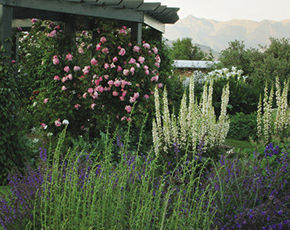 |
 |
 |
Rebecca Sams and her partner, Buell Steelman, own Mosaic Gardens, a landscape design/build firm in Eugene, Oregon.
Photos, except where noted: Ann E. Stratton
Fine Gardening Recommended Products
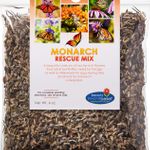
Monarch Butterfly Rescue Wildflower Seeds 4 oz.
Fine Gardening receives a commission for items purchased through links on this site, including Amazon Associates and other affiliate advertising programs.
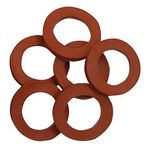
Gilmore Rubber Hose Washer 10pk
Fine Gardening receives a commission for items purchased through links on this site, including Amazon Associates and other affiliate advertising programs.
- Clip of 10

Lee Valley Mini Garden Shear Set
Fine Gardening receives a commission for items purchased through links on this site, including Amazon Associates and other affiliate advertising programs.



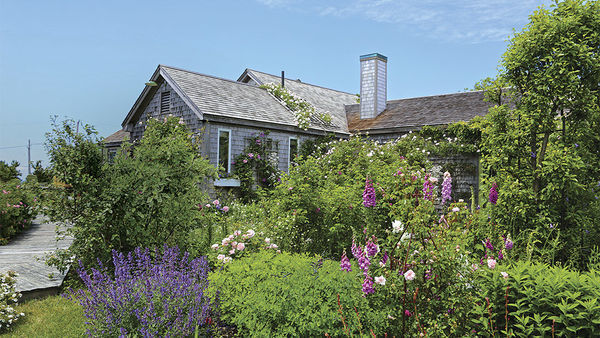














Comments
It would have been helpful to know what part of the country Joy lives in. Sounds like somewhere in Zone 8?
Log in or create an account to post a comment.
Sign up Log in